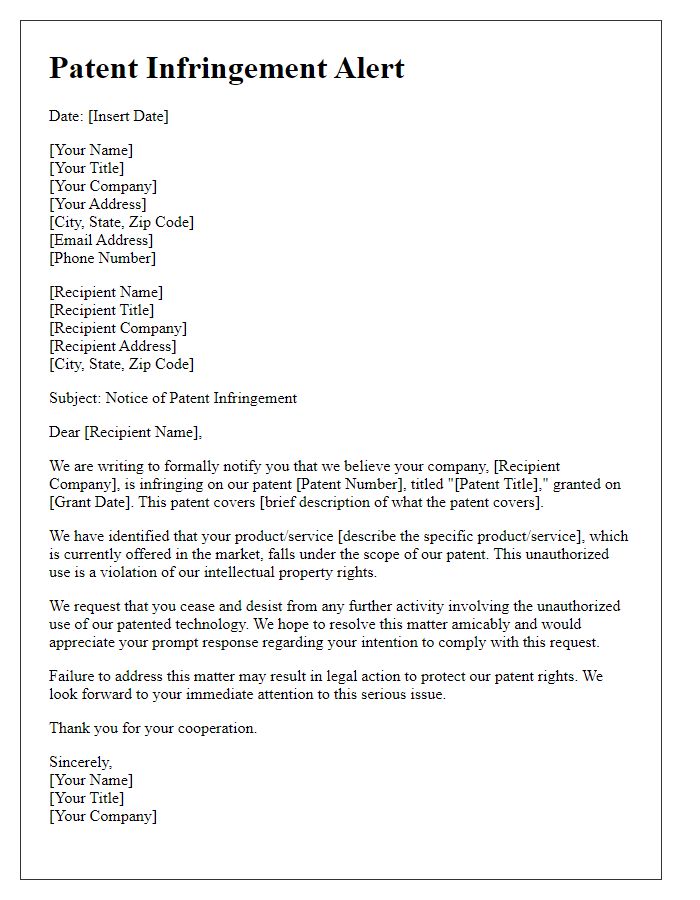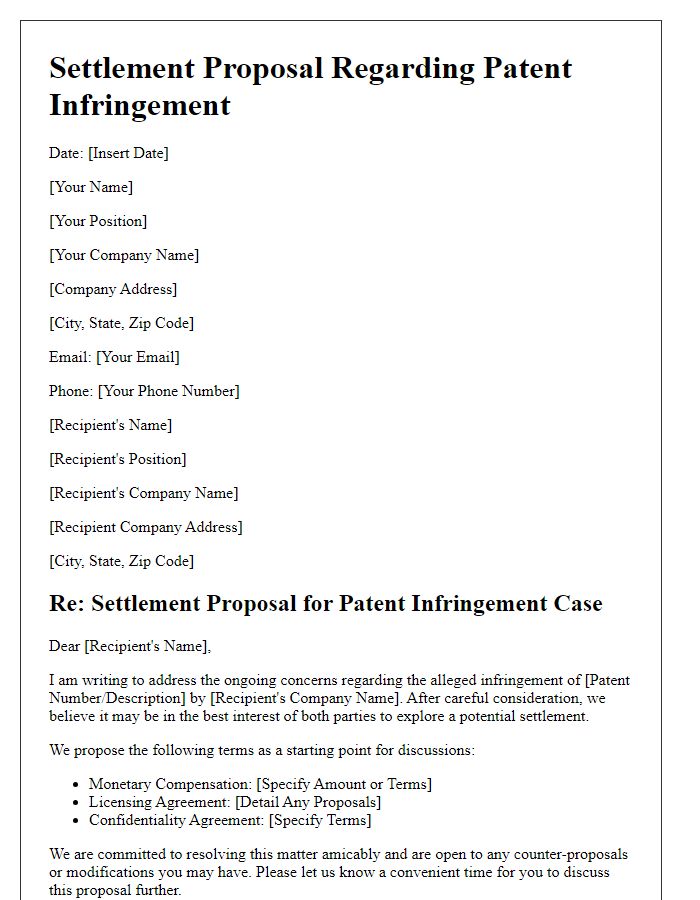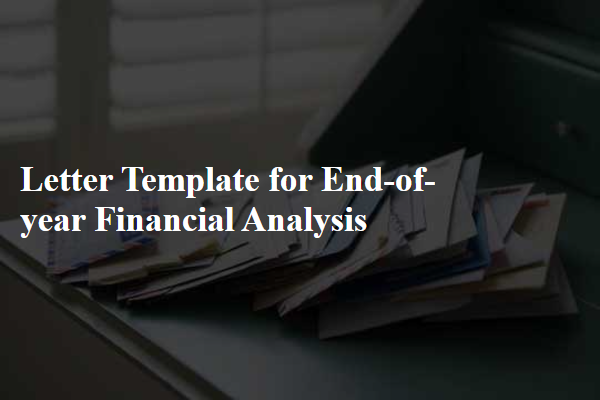Are you concerned about potential patent infringement in your industry? Navigating the complexities of intellectual property can be daunting, but understanding your rights is crucial for protecting your innovations. In this article, we'll explore essential components of a patent infringement notification letter, providing you with practical tips to ensure your communication is both effective and clear. So, let's dive in and equip you with the knowledge you need to take action!

Identification of patent and involved claims
A patent infringement notification must include specific identification of the patent in question, detailing the patent number (for example, US Patent No. 8,123,456) and the relevant claims (such as Claim 1 which describes a novel method of data processing). Furthermore, it's crucial to outline how the alleged infringer's product or activity (like a particular software application or hardware device) utilizes these specific claims, potentially violating intellectual property rights. Clear reference to the potential damages or legal consequences resulting from this infringement provides further context to the notification. Establishing a timeline for response (usually 30 days) is vital to expedite resolution.
Detailed description of infringement
A patent infringement notification typically outlines specific instances where a patented technology or product has been utilized without permission. For example, if a company (Company A) holds a patent for a unique polymer-based battery that enhances energy storage and charging efficiency, and another company (Company B) produces a smartphone incorporating this technology, Company A would detail the patent number, description of the patented technology, and specific products of Company B that utilize the patented features. The notification might also include evidence, such as product manuals, images, or technical specifications highlighting how Company B's smartphone operates similarly to the patented design. Additionally, the notification should reference any prior communications or attempts to resolve the issue amicably, as well as a request for cessation of the infringing activities, potentially including a timeframe for the response.
Demand for corrective action
A patent infringement notification arises when a patent owner notices unauthorized use of their patented technology or invention. The notification typically identifies the specific patent number, such as United States Patent No. 7,123,456, pertaining to a novel method of manufacturing biodegradable plastics. Included in the notification are details regarding the infringing products, possibly a line of disposable bags marketed by a competitor, X Corp, which have been observed in retail stores across multiple states since January 2023. The owner may request corrective action, such as ceasing production and sales of the infringing items, providing an accounting of profits made since the infringement began, and licensing negotiations to legally use the patented technology. Legal precedents, such as the case of eBay Inc. v. MercExchange, L.L.C. from 2006, often guide the demand for enforcement, emphasizing the need for both compliance and a potential resolution.
Provision of evidence or relevant documentation
A patent infringement notification requires thorough documentation to support claims of unauthorized use, reproduction, or production of patented materials. Evidential assets may include product samples showcasing patented features, sales invoices highlighting unauthorized transactions, and marketing materials reflecting the patented invention's specifics. Obtaining expert testimonies from patent attorneys specializing in intellectual property law can bolster the notification's validity. Additionally, maintaining records of communication with infringing parties can reveal intent or knowledge of the infringement, essential elements in these legal matters. Comprehensive evidence submission enhances the notification's credibility, promoting effective resolution before litigation.
Contact information for response and negotiation
Not applicable.
Letter Template For Patent Infringement Notification Samples
Letter template of patent infringement complaint for regulatory authorities













Comments